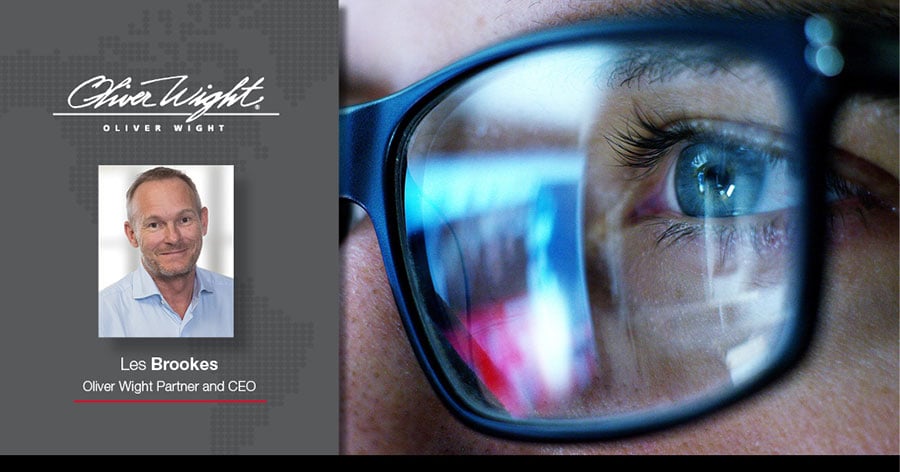Beyond the Human Eye
21 Mar 2022
Blog

One year on from the Suez Canal blockage how many leaders can see beyond the human eye?
March 23rd marks the first anniversary of the Suez Canal blockage, when already buffeted supply chains were blown off course as the 400-metre-long Ever Given, carrying 18,300 containers, ran aground in a sandstorm. While it was only the second time in history this has happened, it serves to illustrate the importance of the visibility of impacted flows and solutions.
With an estimated 12% of global trade passing through the canal daily, the six-day obstruction was extremely costly. Indeed, Lloyd’s List, a shipping data company, calculated the blockage held up £7 billion worth of goods a day.
But now, one year on, how many business leaders learnt the lessons from the sorry episode and invested in technology to achieve clearer end-to-end visibility of their supply chains and better navigate future problems?
The direction of travel is obvious. Tech-powered transparency enables greater agility, resilience and sustainability, and data-hungry artificial intelligence algorithms provide real-time solutions to potential issues. They help people see beyond where the human eye can see while in some situations, like the Suez Canal episode, the human eye could clearly see the issue but not the alternate scenarios.
Driving transparency is a win-win. Not only does it identify potential stock concerns or delays and other possible disruptions before they become critical, but it also improves efficiencies and sustainability at a time when consumers expect higher standards of ethics. Applying this logic relates to risk management around supply chain resilience.
But it’s not just supply chain leaders that should embrace these pioneering digital tools. Executives need to see beyond the human eye, too, ultimately to make better, informed, strategic decisions. Leaders must look further than short-term solutions and grasp this opportunity to use technology to manage the range of future outcomes more smoothly.
Those with progressive mindsets have realised they urgently require better visibility to handle the next waves of disruption. To triumph in the coming years, most businesses need an organisational transformation from the traditional management approaches to contemporary processes.
Exploring deeper to understand underlying issues
To thrive in this new digital era, leaders can’t look back and must create proactive, aligned strategies that propel growth. They must think beyond percentages, which are a mere reflection of today’s performance and don’t offer a complete version of the truth.
If a company is hitting, say, 95% of its performance target daily, there might be various issues causing a 5% gap
For example, a client recently told me that performance was at 97% but how they were using AI to gather data around customer buying patterns and website visits, which informed the organisation's global stock placement, leading to more sales. Essentially, with greater visibility of systems, specifically using AI, you better understand the root-cause issues that are limiting progress, sales, innovation, and efficiency.
However, while the benefits of technology are evident and help leaders see beyond the human eye to better navigate the future, organisations have to invest in their people to empower them. The people, processes, and technology methodology, which has been around since the 1960s, has never been more relevant. With the proper staff education and processes, tech paves the way for quicker, better-quality decision-making.
Analyse, redefine, and transform
At Oliver Wight, we have identified three key steps to reset business processes. Organisations can evolve effectively and efficiently by taking stock – literally and figuratively – with a clear mind and analysing and redefining goals, processes, technologies, and decision-making.
First is the ‘analyze’ phase, where leaders reflect on the last two years and benchmark their organisation regarding people, processes, and technology. They need to understand the financial benefits of changing and closing any gaps across the core process of the business – this might include products, portfolio, demand, and supply.
Armed with a comprehensive understanding of where the organisation is right now, it is time to move to the ‘redefine’ phase. What is the future state of excellence that the business aims for, and what are the current challenges with people, processes, and infrastructures to reach that point? In many cases, planning for change will mean a return to basics, as leaders must recalibrate challenges, aspirations, and direction.
Finally, after re-aligning strategic priorities and getting the whole organisation to believe in a shared vision, the ‘transform’ phase sets about implementing the necessary changes over time to realise the maximum benefits.
The challenge for any organisation looking to transform into an agile, resilient and more data-driven business is to ensure everything from people, technology, and processes work in harmony to achieve the desired strategy goal. With the right tools, systems and teams, companies will create a future state of excellence.
Author(s)
-
